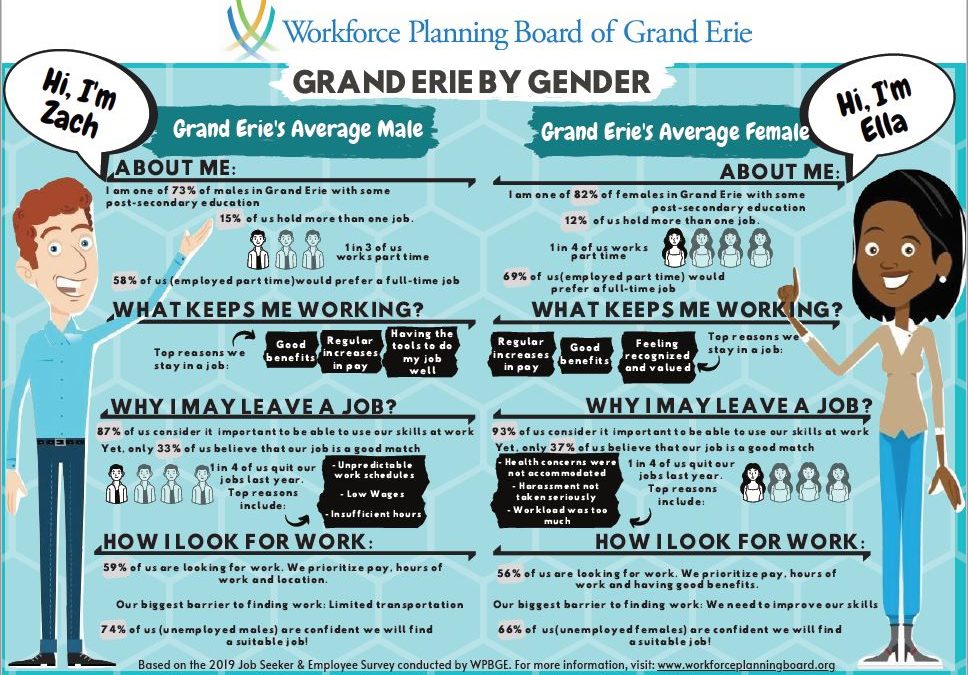
Recruitment & retention big issue: EmployerOne 2020
Many local employers say recruitment and retention challenges is a major concern, the 2020 EmployerOne survey found.
Our community’s seventh annual EmployerOne survey, conducted in January 2020, engaged 251 employers in Six Nations, New Credit, County of Brant, Haldimand County, Norfolk County and City of Brantford.
Fifty-nine percent of survey participants said retention is a top concern for their organization.
In addition, 86% of businesses reported that recruitment and retention challenges have impacted their business. The No. 1 impact was reduced productivity, followed by increased pressure on existing staff and negative impact on customer service.
This is one of many highlights from EmployerOne 2020. The full report is on our EmployerOne page.













